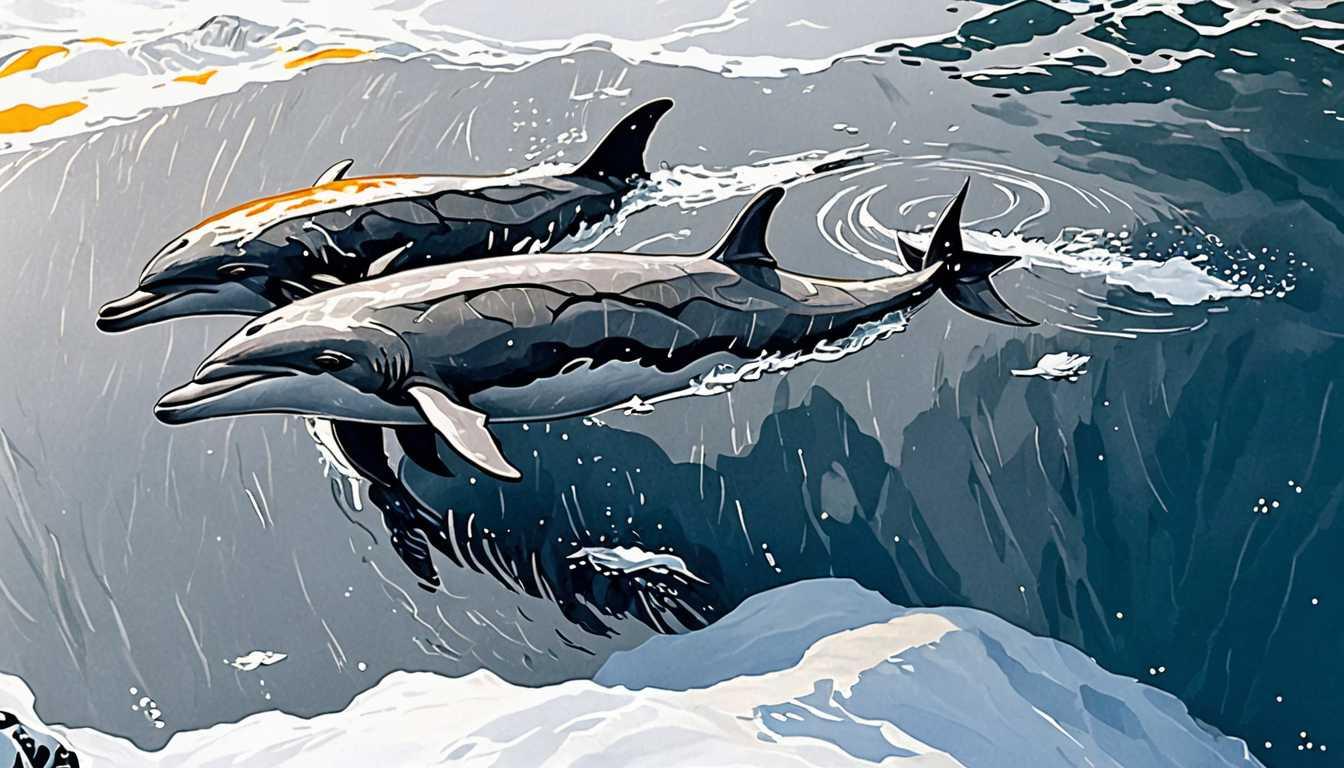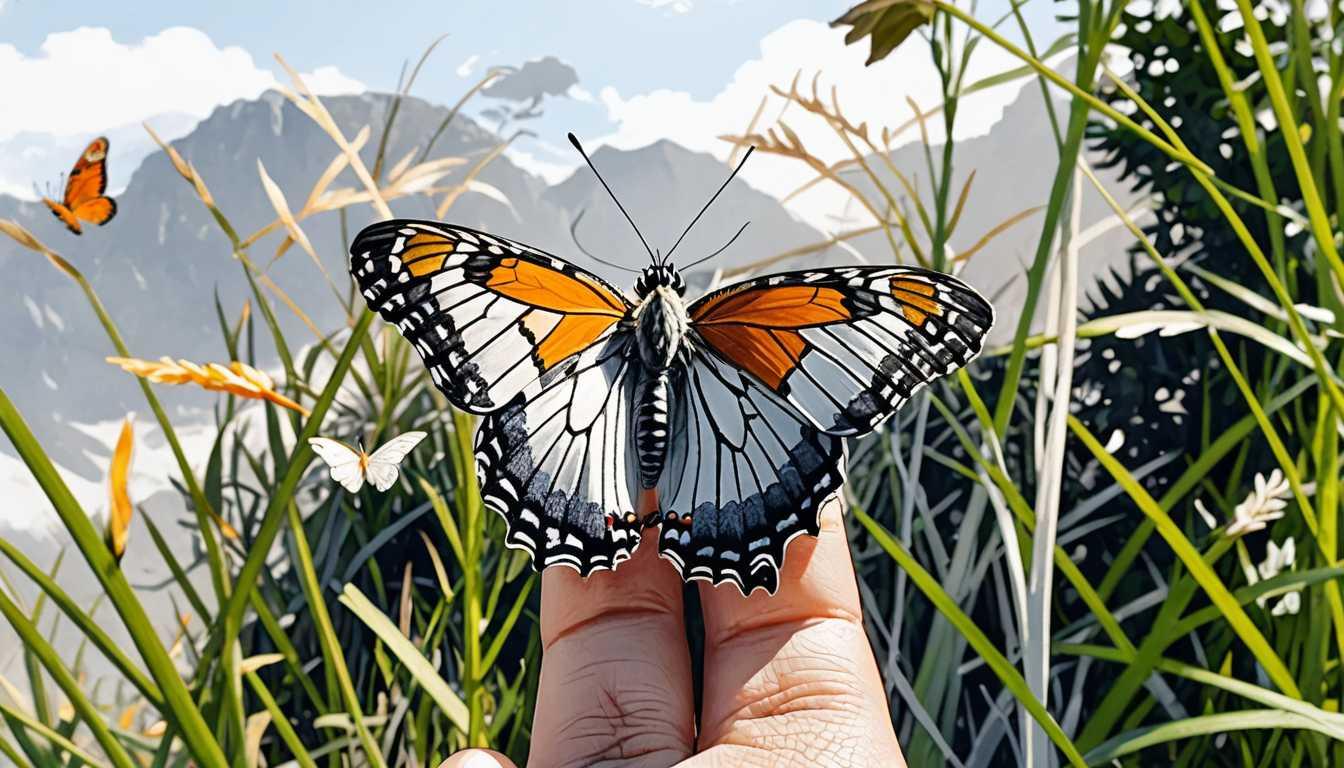Seabirds' Last Stand: A Climate Lifeline
December 2022
University of Cambridge
Introduction
Dive into the deep blue with the University of Cambridge's latest scoop: a groundbreaking guide to save Europe's seabirds from the clutches of climate change. Spearheaded by ZSL and Cambridge's finest, this pioneering effort maps out a survival blueprint for 47 species teetering on the brink. From the iconic Atlantic puffin to lesser-known feathered friends, discover how researchers are charting a course towards hope, one bird at a time. Will our winged companions weather the storm? Flip through to find out!
READ FULL ARTICLEWhy It Matters
Discover how this topic shapes your world and future
Feathered Friends Facing the Future
Imagine your favorite seaside vacation spot. Now, picture it without the familiar sights and sounds of seabirds. Hard to imagine, right? That's the reality we might face if we don't address the impacts of climate change on Europe's seabirds. These birds, like the iconic Atlantic puffin, are not just beautiful to look at; they play a crucial role in our ecosystems. They're like the canaries in the coal mine, giving us insight into the health of our oceans and the broader environmental shifts that are happening at an alarming rate. Their decline signals trouble not just for them but for countless other species, including humans. By understanding and acting on the challenges seabirds face, we're taking steps to preserve the intricate web of life that sustains our planet. This isn't just about saving birds; it's about ensuring a healthy, vibrant world for future generations.
Speak like a Scholar
Biodiversity
The variety of life in the world or in a particular habitat or ecosystem. It's like having a big, diverse group of friends, each bringing something unique to the table.
Conservation
The action of saving or protecting something, especially the natural environment. Think of it as nature's superhero, guarding against villains like pollution and climate change.
Ecosystem
A community of living organisms and their physical environment interacting as a system. Imagine a bustling city where everyone and everything is connected in some way.
Migratory
Describes animals that travel long distances at specific times of the year for breeding, feeding, or climate reasons. It's like going on a yearly vacation, but for survival.
Climate change
A change in global or regional climate patterns, often caused by human activities like burning fossil fuels. It's the uninvited guest messing up the party for everyone.
Species-specific needs
The unique requirements different animals have to survive and thrive. Think of it as each person's unique recipe for a happy, healthy life.
Independent Research Ideas
The role of seabirds in marine ecosystem health
Investigate how seabirds contribute to the balance of marine ecosystems and what their decline means for ocean health. This journey explores the interconnectedness of life beneath the waves and above.
Climate change and migratory patterns
Examine how shifting climate patterns affect the migratory routes of seabirds. It's a detective story, tracing the unseen impacts of climate change on animal behavior across the globe.
Innovative conservation strategies for seabirds
Dive into the cutting-edge methods being developed to protect seabirds from climate change. This is a chance to think outside the box and envision new solutions for age-old problems.
The human-seabird connection
Explore the cultural, economic, and ecological relationships between humans and seabirds. This topic invites you to consider how our lives are intertwined with these feathered friends and what we stand to lose with their decline.
Adapting to change - Seabirds and resilience
Study how different seabird species are adapting (or not) to rapid environmental changes. This research is about understanding resilience in the face of adversity, offering lessons on survival and adaptation.
Related Articles

Nature's Fast and Furious: Survival Edition
November 2022
University College London

Why Whales Became Ocean Giants
March 2023
Stanford University

Vanishing Underwater Rainforests: Act Now!
September 2021
Smithsonian Magazine

Wings of Change: Butterflies vs. Climate
July 2023
University of Cambridge

Pigs, People & Borneo: An Eco-Tale
February 2023
UC Berkeley